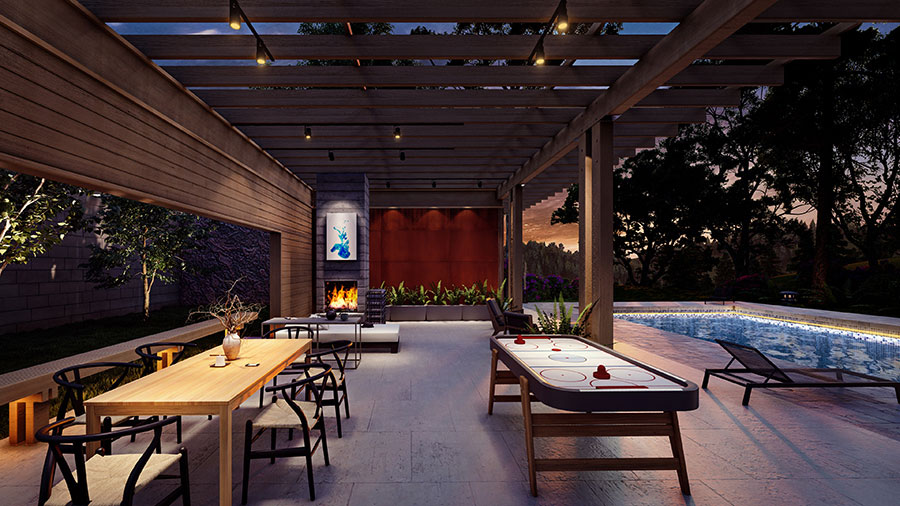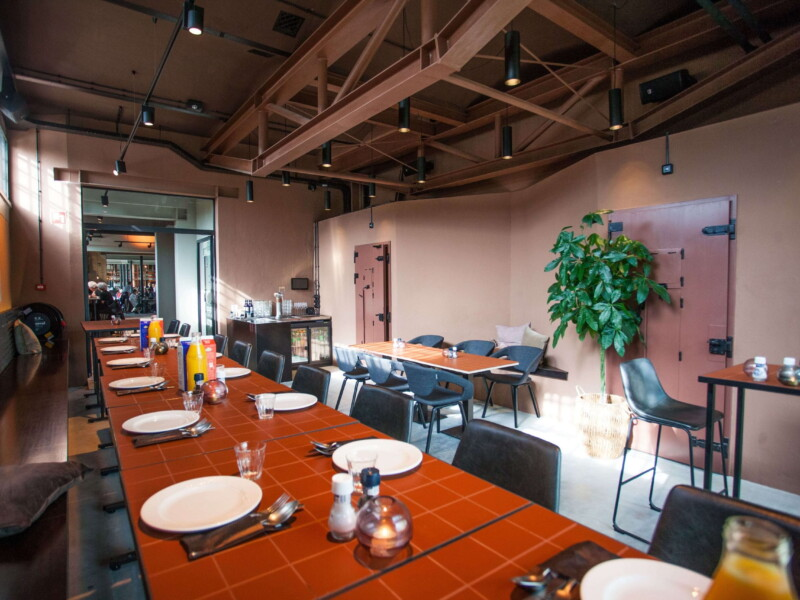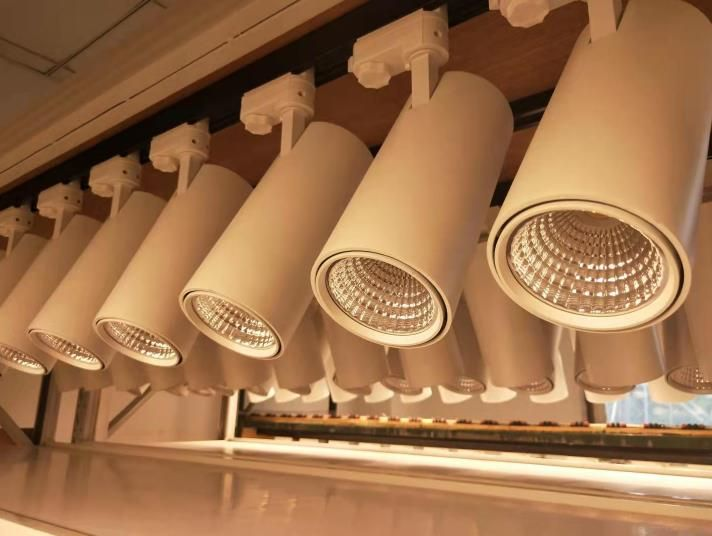3 Principles Of Restaurant Lighting Design
By Powerstar

Restaurant lighting design can enhance the overall experience of dining by making the customers more comfortable. It also improves the aesthetics and the overall appearance of the restaurant. Every restaurant has unique lighting requirements, from fine dining to trendy cafés and busy bars.
One crucial aspect of restaurant lighting is finding the right balance between functionality and atmosphere. Ambient lighting can create a warm and inviting atmosphere for guests. It is not necessary for chefs to have overhead lighting to prepare and serve food. Restaurants can adjust the brightness by installing dimmers or different fixtures that have varying intensities based on the time of day and occasion. For example, they may choose to use different lights for romantic dinners or social gatherings.
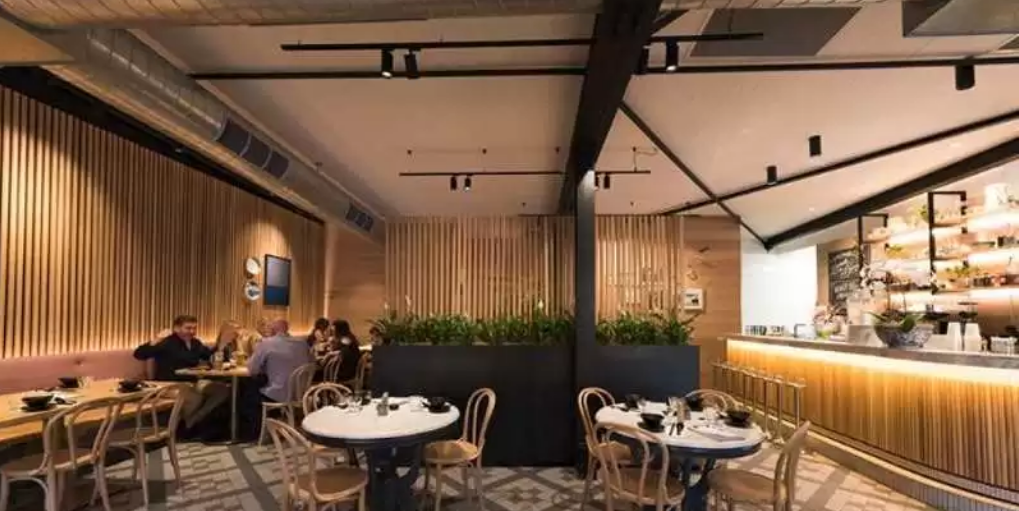
Under the continuous erosion of online SHOPPING, the proportion of catering in new shopping malls and street shops is increasing. Shopping online can be cheaper, but it’s not the best option for special occasions, holidays, or birthdays.
The post-80s and post-90s have rising consumption power and unique aesthetic taste. The traditional chandelier and spot light combination is not suitable for lighting effects in the new catering concept.
When you pass a new restaurant, in addition to the basic selection of whether the cuisine is right for your appetite, the most important thing that can affect whether you enter or not is the unique atmosphere created by the lighting of the restaurant for the entire space. It is no exaggeration to say that lighting is the element and soul of space design in the catering industry.
Restaurant Lighting Principle 1:Basic Lighting
Catering lighting, a large range of uniform lighting in the functional area belongs to the basic lighting, such as chandeliers, downlights, spotlights, etc. to provide the overall illumination of the restaurant is the basic lighting.
But now this straightforward, naked lighting, completely unable to meet the requirements of creating a unique atmosphere. More designers began to use a similar track type of basic lighting, so that lighting fixtures can provide a downward base light source, but also to increase the overall spatial light environment of the hierarchy.
Of course, the chandelier full of personality and style is also one of the best choices for the basic lighting of the restaurant. The unique chandelier is often the brightest object in the dining environment of the restaurant, which determines the grade and taste of the restaurant to a large extent.
Restaurant Lighting Principle 2: Light And Dark Combination
Ambient lighting can create a warm and inviting atmosphere for guests. It is not necessary for chefs to have overhead lighting to prepare and serve food. Shopping online can be cheaper, but it’s not the best option for special occasions, holidays, or birthdays. The hall, table, aisle and other important parts of the restaurant can be distinguished by different modal lighting.
We must also know how to use light sparingly in the dining area so that the space is not limited by the darkness and each light has a specific area.
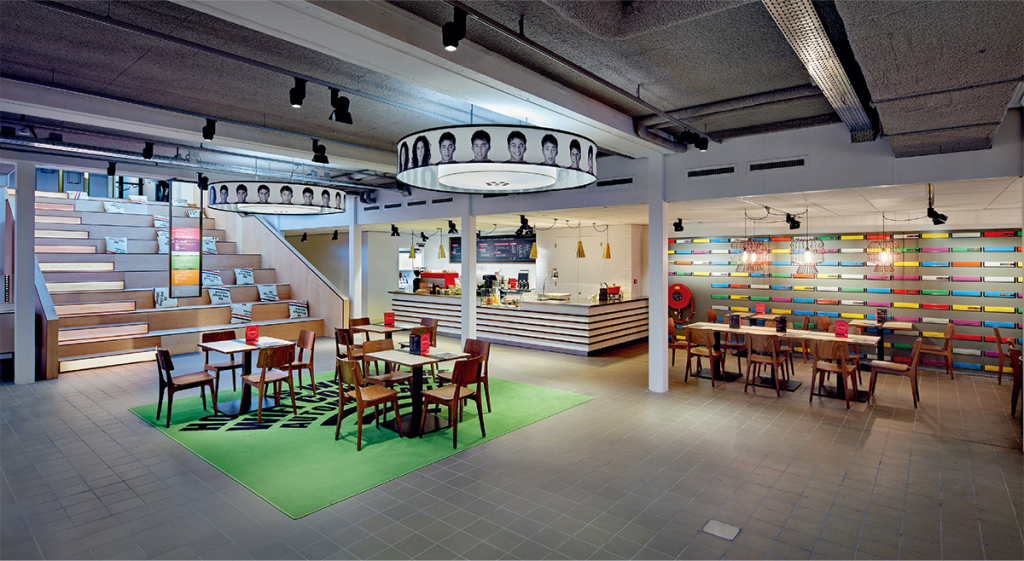
Restaurant Lighting Principle 3:Reasonable Use Of illumination and CCT
China’s “Architectural lighting design standard” stipulates that the illumination level of Chinese restaurant 0.75m can not be less than 200lx, western restaurant can not be less than 150lx. Of course, the light environment of each restaurant still needs to be designed according to its own characteristics and areas.
In general, the environmental lighting lamps can be directly installed in the ceiling or installed on the ceiling, the illuminance is controlled at about 100lx, the illuminance on the table needs to reach 200lx-450lx, forming key area lighting.
A general principle of lighting design is that high illumination is high color temperature, low illumination is low color temperature. Ambient lighting can create a warm and inviting atmosphere for guests. It is not necessary for chefs to have overhead lighting to prepare and serve food. Restaurants can adjust the brightness by installing dimmers or different fixtures that have varying intensities based on the time of day and occasion.
Color rendering, along with color temperature, is another important indicator. To make your food and meal look realistic and appealing, choose a light source that has a large display.In a warm, well-lit environment with a Ra value of high, the dishes look more attractive and fresh than when they are exposed to sunlight. Therefore, in the local lighting near the table, choose more light sources with higher color rendering.




